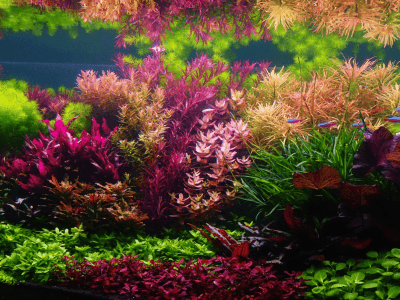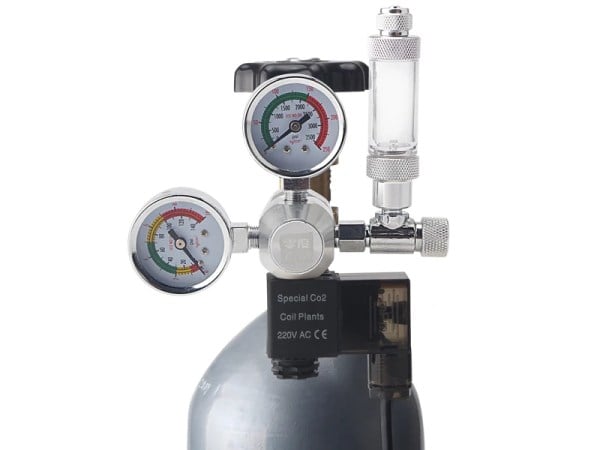
Our Best Sellers

Aquascaping
Aquascaping is the art of arranging plants, rocks, and other elements in an aquarium to create a visually appealing underwater landscape. It combines creativity and horticulture, balancing aesthetics with the needs of aquatic life.
Thriving Plants with CO₂
CO₂ injection in a planted tank involves adding carbon dioxide to promote healthy plant growth. CO₂ is essential for plant photosynthesis, helping plants grow faster and more lush while preventing algae overgrowth. While some think it’s expensive, it can be done on a budget. Come explore our selection of affordable CO₂ solutions for vibrant plants and a balanced ecosystem.


Neocaridina Shrimp: Colourful Cleaners
Neocaridina shrimp are colourful, hardy freshwater shrimp perfect for aquarium enthusiasts of all levels. Known for their vibrant hues, ranging from reds and blues to yellows and greens, they help maintain a clean tank by eating algae, leftover food, and detritus. Easy to care for and breed, Neocaridina shrimp thrive in a variety of water conditions and make a great addition to community tanks. Come buy some today and add these lively, vibrant shrimp to your aquarium!



















